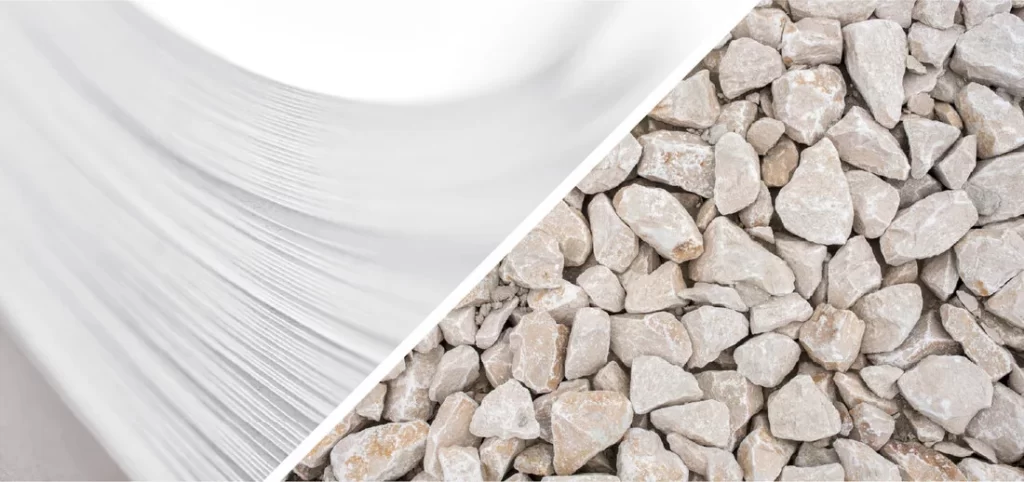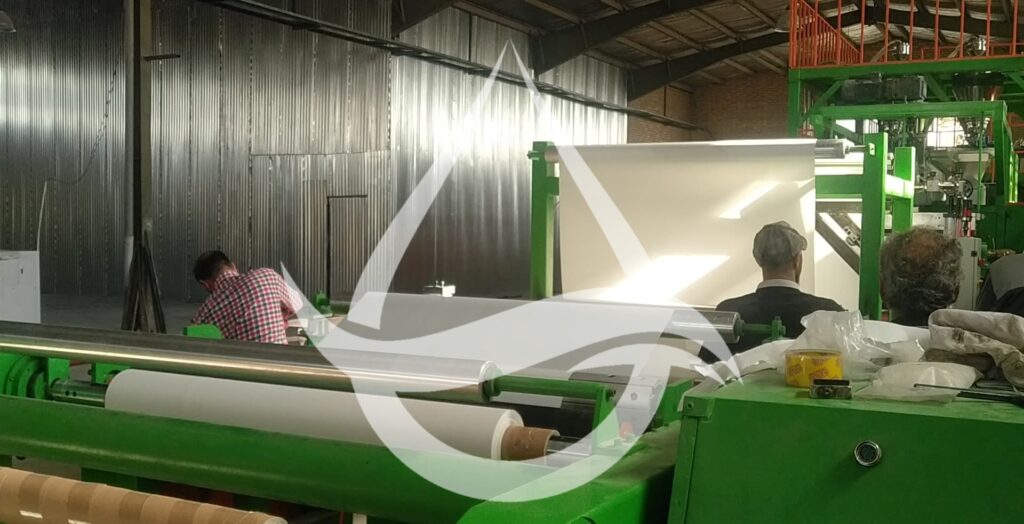Advantages and Disadvantages of stone paper
Introduction :
Stone paper, a revolutionary eco-friendly alternative to traditional paper made from wood pulp, has gained significant attention in recent years. With an increasing global focus on sustainable practices, this essay delves into the advantages and disadvantages of stone paper. By harnessing the intelligence and comprehension of a Graduate School student, we aim to explore the intricate nuances surrounding this innovative material.

Advantages :
Environmentally Friendly
One of the primary advantages of stone paper lies in its eco-friendliness. Unlike traditional paper production that heavily relies on deforestation, stone paper is manufactured using a combination of calcium carbonate and a small amount of nontoxic, high-density polyethylene. This process eliminates the need for trees, reducing the environmental damage caused by deforestation.
Water and Energy Efficiency
Stone paper manufacturing requires significantly less water compared to traditional paper production. Additionally, the process of converting calcium carbonate into stone paper uses less energy, thereby reducing the carbon footprint associated with its production. Consequently, the high water and energy efficiency of stone paper contribute to a more sustainable paper industry.

Durability
Stone paper possesses remarkable durability, making it water and tear-resistant. Its resistance to water prevents ink smudging and protects the document even in moist environments. The enhanced durability ensures that the paper lasts longer, reducing the need for frequent replacements.
Recyclable and Non-toxic
Another advantage is that stone paper is recyclable and does not release toxins or pollutants during decomposition. By utilizing recycling facilities, stone paper can be reproduced without losing its original quality, further reducing its environmental impact. Furthermore, its non-toxic nature makes it safe for use in food-grade applications, such as packaging.
Smooth Texture
Stone paper’s smooth texture distinguishes it from traditional paper, providing a distinct writing or drawing experience. The paper’s unique texture contributes to a high-quality, professional appearance in printed materials and enhances the overall reading experience.

Disadvantages :
Limited Ink Absorption
While durable, stone paper has a limited ink absorption capacity, potentially resulting in slower drying time. However, advancements in ink technology have allowed for the development of specialized inks that adhere well to the paper’s surface, mitigating this disadvantage to a certain extent.
High Initial Production Cost
One significant disadvantage associated with stone paper is its comparatively higher initial production cost. The specialized manufacturing process and advanced technologies required in producing stone paper result in a higher price point when compared to traditional paper options.
Limited Water-based Color Options
Due to the limited ink absorption capacity of stone paper, color options are relatively restricted to water-based inks. Oil-based inks, commonly used in advertising materials and certain printing applications, may not perform optimally on stone paper. This limitation may hinder certain design choices and prevent stone paper from being a viable option in specific industries.
Availability and Market Penetration
While stone paper is gaining traction globally, it is not as readily available as traditional paper. The market penetration of stone paper is still limited, with many regions lacking easy access to this sustainable alternative. Increased awareness, accessibility, and affordability are crucial for driving its widespread adoption.
Conclusion
In conclusion, stone paper exhibits numerous advantages that promote sustainability and reduce the ecological impact caused by traditional paper production. Its environmental friendliness, water and energy efficiency, durability, and recyclability are key strengths. However, the limited ink absorption capacity, higher initial production cost, and restricted color options pose certain challenges. Overall, stone paper holds great potential as an environmentally conscious alternative and further research, technological advancements, and market development will only enhance its stature in the paper and printing industries.









